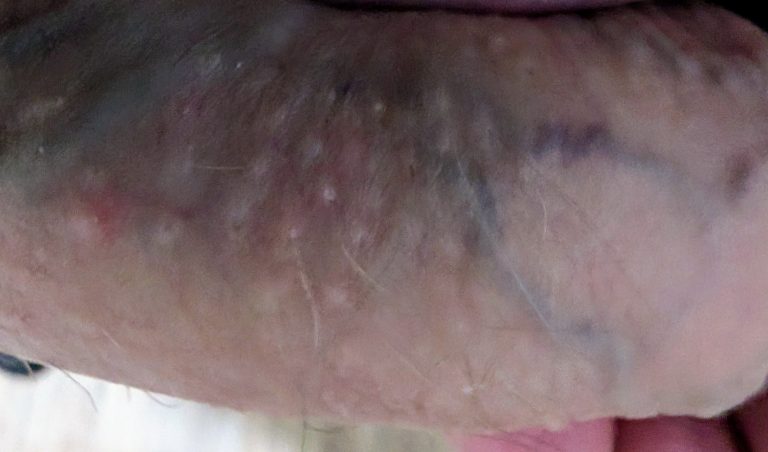Your lips are prone to dryness just like the rest of your body’s outer layer. But what makes your lips unique and unlike the rest of your body, is that they don’t actually have the layer of dead skin cells. Lips also don’t have oil glands to keep the skin hydrated. This is why your lips can chap as often as they do.
What Causes Chapped Lips?

Your lips can get dry and cracked and chapped by being exposed to dry weather and wind. These types of environments will essentially suck all the moisture away from your lips leaving them chapped, dry and cracked.
Addicted To Lip Balm?

Tis true. One can get a so-called addiction to lip balm. In actuality, your lips aren’t addicted to lip balm, but rather the lip balm you use could be mimicking the symptoms of chapped lips making you think you NEED lip balm.
What makes a lip balm do this? Ingredients that are considered allergens will actually cause a rash on your lips. However the rash isn’t like a rash on your arm or leg, it manifests itself as dry or cracked skin making you think your lips are chapped. As a result, you reach into your pocket or your purse for your go-to lip balm, not knowing that it is the reason you are constantly chapped.
So What Are These Allergens?
The most common allergens are items like citrus, tea tree, lanolin, mint, eucalyptus, camphor as well as artificial flavours, colours and fragrances.
Of course, this isn’t an exhaustive list by any means. If you have particularly sensitive skin, take note of what makes you react and what ingredients are present. It is likely that you have an allergy to these ingredients and should avoid any products that contain these.
How Can I Treat Chapped Lips?
Obviously if you actually have chapped lips, a lip balm is the best thing to do. Moisturizing your lips just like the rest of your skin should be an important part of your daily routine. Just be cautious about what lip moisturizer (or lip balm) you actually use and what ingredients it has.
If you’re ever unsure, you should pay attention to whether your lips’ condition is improving with the use of lip balm application, or whether it’s staying the same (or worsening). This is a surefire sign that your lip balm should be thrown out.
Another helpful tip is to brush your lips. Sure, it sounds funny, but this helps plump up your lips and prepare them before you apply the lip balm. After brushing your teeth, quickly run your toothbrush across your top and bottom lip a few times. This might tingle a little at first, but then after you rinse your mouth be sure you apply a non-allergenic lip balm to keep your lips well hydrated and moisturized. Make this part of your daily routine and after two or three days you’ll start to notice a great (and softer) difference in your lips!




